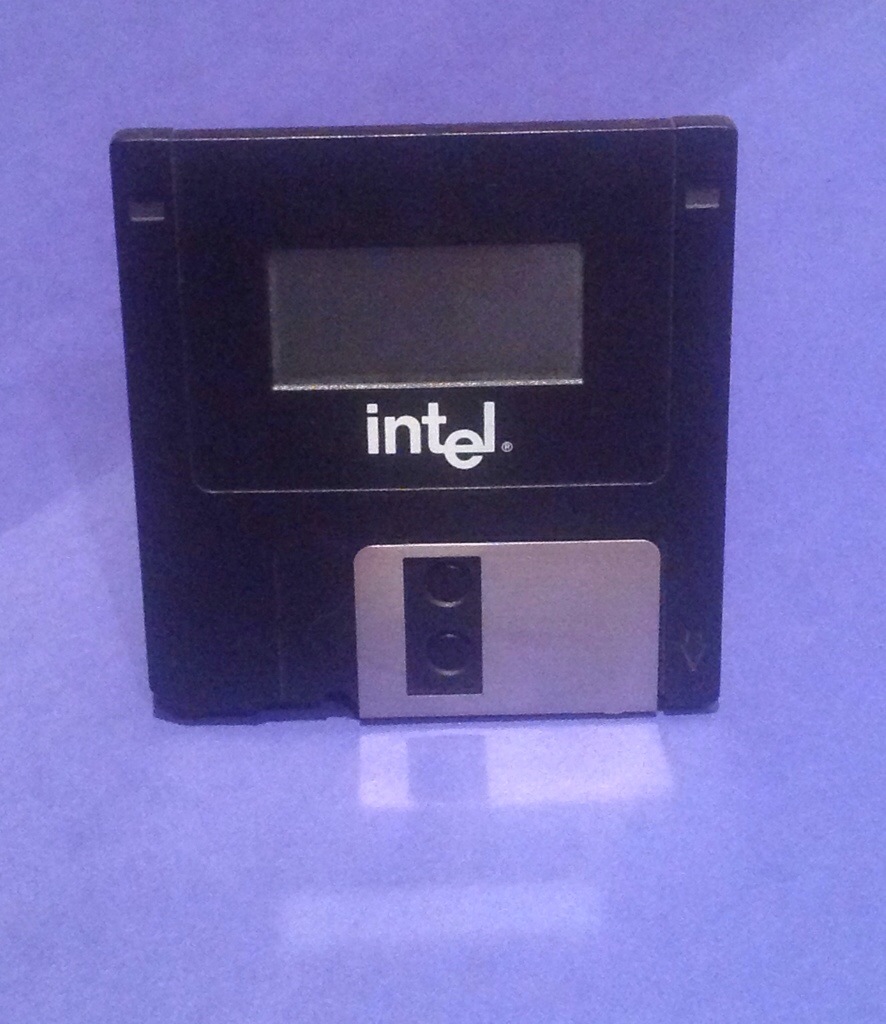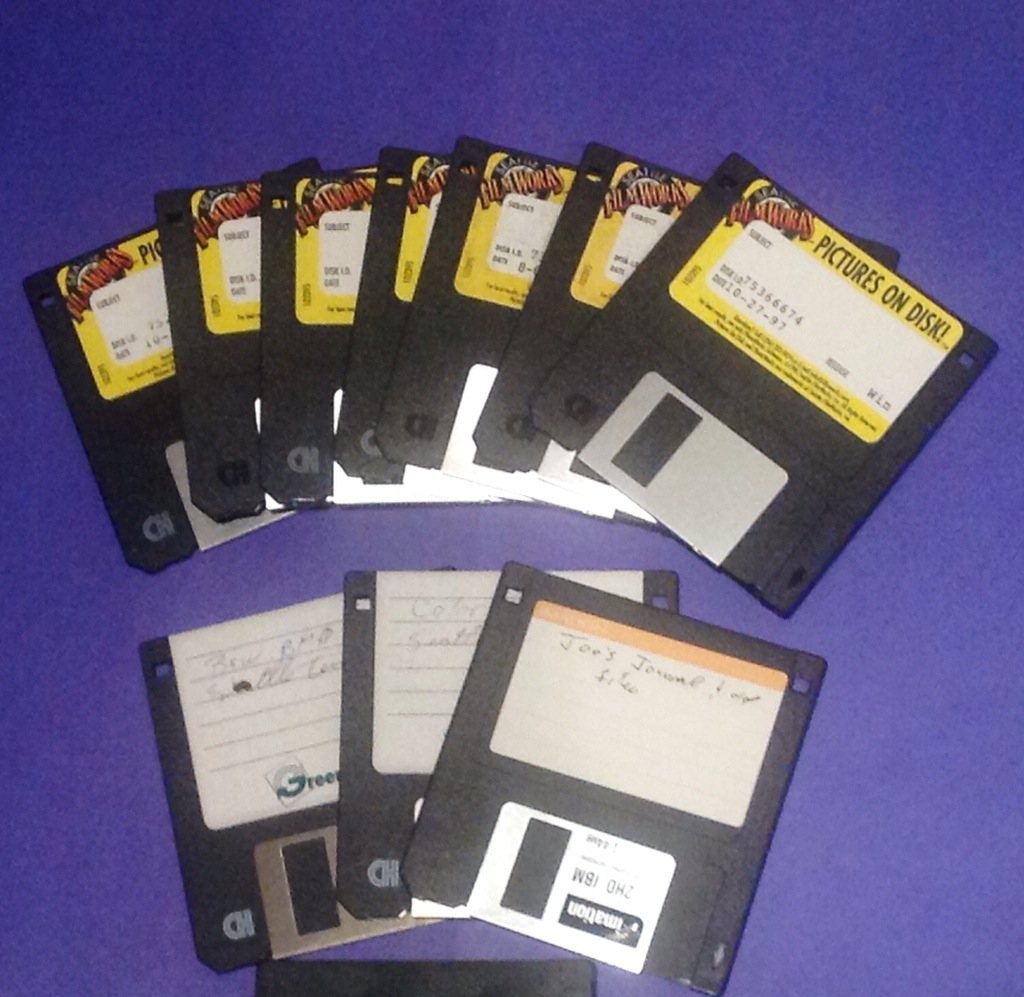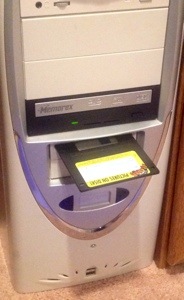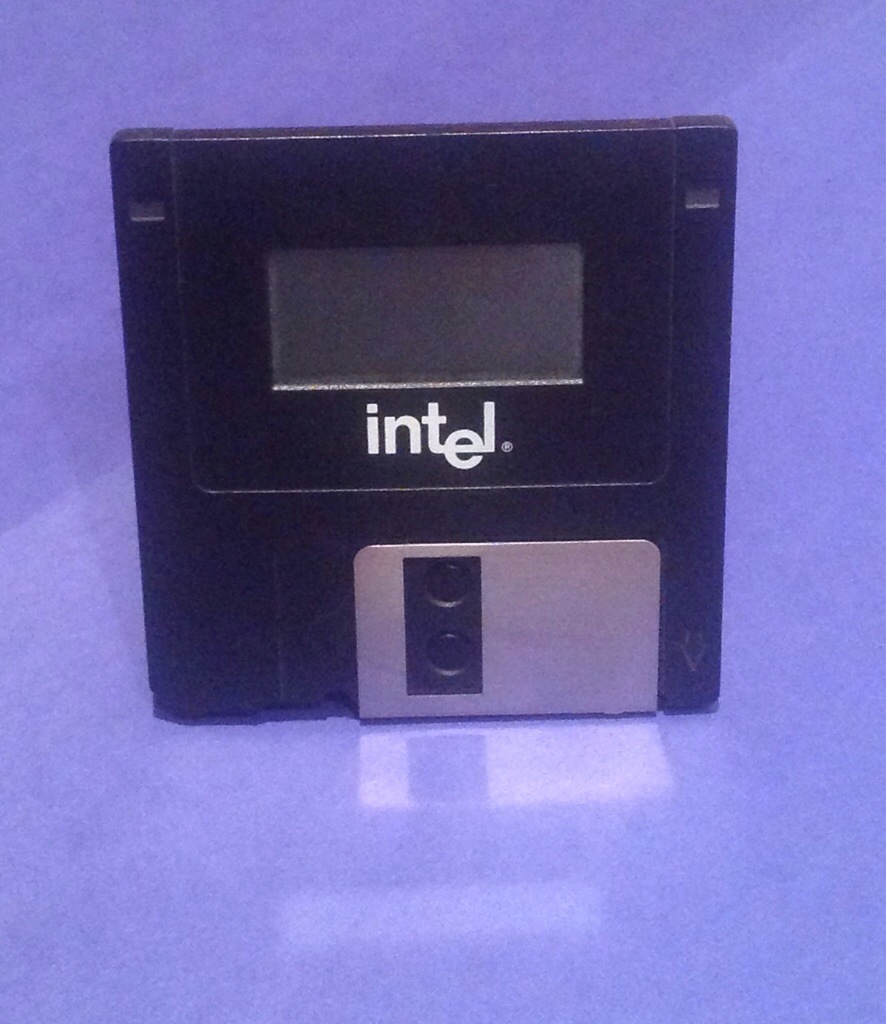That Time I Predicted The Future. . .And I Was Totally Right!

The computer booth had a sign:
Predict The Future Of Computers. . . and win a chance to have your name in Network Computing Magazine.
My brother and I were at a computer trade show in Dallas in the early 1990’s. We didn’t have a ton of experience in computers, but neither did anyone. The entire industry was very young, and most of us engineers were young too.
Let’s write something down. What’s something you think will happen to computers in the future?
Let me tell you, neither one of us predicted anything like what we have today. Sure, you could predict general trends in light of Moore’s law (the number of transisters on a chip will double every 2 years) and Metcalfe’s law (the value of a network is proportional to the square of the number of users.) But, actual practical changes? That was tougher.
Computers in 1990 were pretty weak by today’s standards. A 1993 computer:
Processor: 133 Mhz (My most recent computer is 30 times faster at 3.8 Ghz)
Hard Drive: 40 MB (A 1 TB drive is 25,000 times bigger)
RAM: 2 MB (My current server has 32 GB, that’s 16,000 times bigger)
3.5″ floppy drive: (At 1.44MB per floppy, you would need over 5,000 to equal the storage on an 8GB thumb drive)
Also, back then, we were still bound by the 640 kb memory limit for RAM. That means that programs could only use the first 640 kilobytes of RAM memory. (yes, that’s kilo, as in 1/1,000,000 of a gigabyte). If you wanted to use more memory than 640 kb, you had to use extended or expanded memory. The two processes were different, but essentially worked by using a memory address in the 640 addressable range, and then, translating requests sent to that address to an address in the upper ranges.
The point was, you were always looking for more memory. And that was what led me to my prediction.
When a computer booted up, it had to load things into memory. Once something went into memory, it was hard to get it out without rebooting your computer. So, you had to be careful what you loaded. One of the pieces of software that might or might be needed were the network drivers. Your computer, even today needs to load software to talk to your network card. These are called drivers. And back 20 years ago, the network cards also needed drivers. But, if you had a laptop that only connected to the network occasionally, you didn’t want to load the network drivers every time. They took up memory that you could be using to try to squeeze a copy of WordPerfect into. So you had two different bootup scripts. (Typically by putting a DOS menu into your autoexec.bat file.) If you were in the office, you loaded the network drivers. If you were not connected to the network you choose to boot without them.
I predict that in the future computers will be able to autodetect the network and autoload the network drivers if necessary.
I added my contact information and dropped the prediction into a large fishbowl full of other guesses. I didn’t really think about it for a couple of weeks. Until I got a phone call.
Hello, this is Rodney.
This is Rachel from Network Computing Magazine. You entered a contest at Network World in Dallas a couple weeks ago.
Yeah, the prediction one, right?
I’m calling to say that our editors picked your prediction as one of the ten best at the show. Our publication deadlines won’t allow us to get the names into the magazine for next month, but we wanted to send you a gift.
Cool.
It’s a clock.
Even better.
It wasn’t just a clock. It was one of the coolest looking clocks I’d ever seen.
These are floppy disks.
They are what we used before thumb drives.
And this was the clock.
My prediction came about in two ways. First Windows came along in 1998 with a true memory manager. So, Windows could add and remove drivers in memory whenever it needed. Also, computers changed how they addressed memory. So, we broke the 640 KB barrier and megabytes and later gigabytes of memory were directly accessible.
Funny thing about the prize was, it was a terrible clock. It sucked down the tiny batteries very quickly and didn’t keep good time at all. But, it was cool looking. I’ve kept it all these years not because I use it as a clock, but to remind me of the time I predicted the future and totally got it right.
Rodney M Bliss is an author, columnist and IT Consultant. He lives in Pleasant Grove, UT with his lovely wife and thirteen children.
Follow him on
Twitter (@rodneymbliss)
Facebook (www.facebook.com/rbliss)
LinkedIn (www.LinkedIn.com/in/rbliss)
or email him at rbliss at msn dot com




Cool clock.